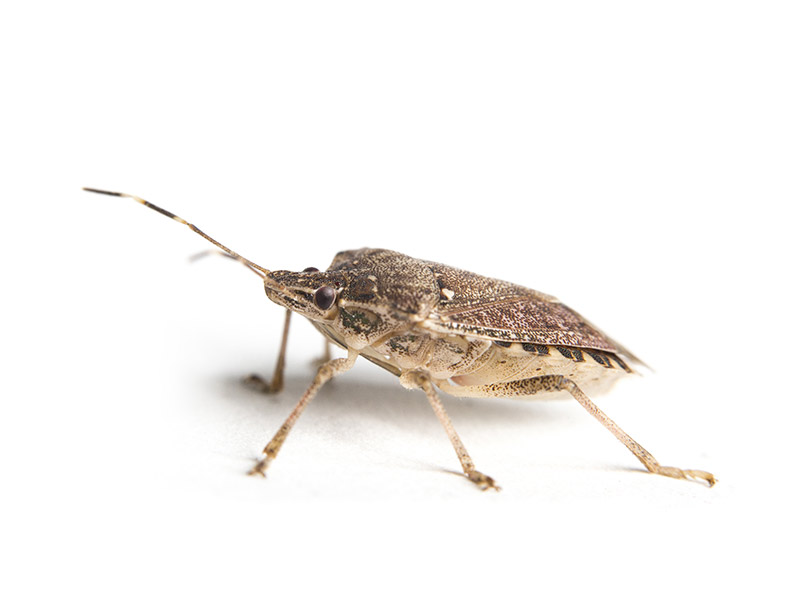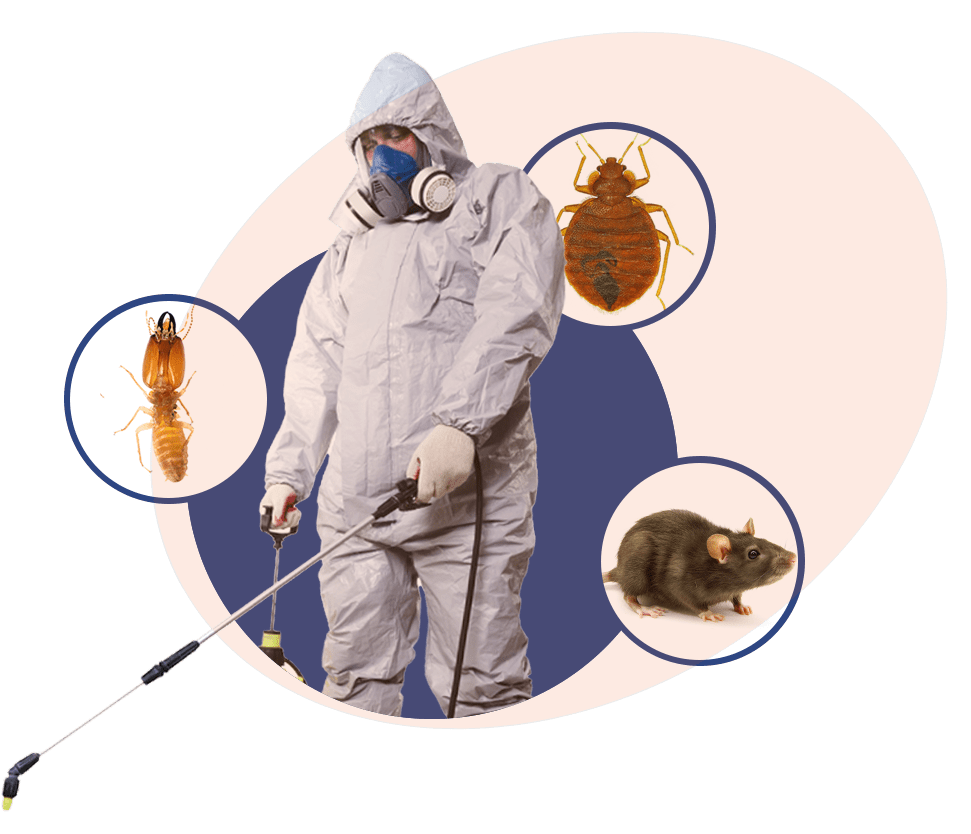Defend your home safe with Pest Control and avoid future infestations.
Eco-Friendly Insect Control Approaches for Taking Care Of Wild Animals in Urban Areas
Urban locations frequently locate themselves at the junction of human activity and wildlife, causing one-of-a-kind challenges in insect monitoring. Eco-friendly approaches stress lasting conjunction, employing methods such as environment adjustment and all-natural repellents to alleviate human-wildlife disputes. These approaches not only safeguard the atmosphere yet also enhance community interaction in wildlife administration. As metropolitan populaces continue to grow, understanding the dynamics of wildlife interactions comes to be progressively critical. What cutting-edge approaches can be implemented to ensure both ecological equilibrium and city safety and security? Discovering this concern exposes a compelling landscape of prospective remedies.
Comprehending Urban Wild Animals Characteristics
Recognizing Urban Wildlife Dynamics is crucial for establishing efficient and environment-friendly parasite control methods. Urban areas are significantly ending up being habitats for different wildlife types, driven by elements such as environment fragmentation, food accessibility, and human advancement. Acknowledging these characteristics enables a nuanced strategy to pest administration that aligns with environmental principles.
Urban wildlife frequently consists of types such as raccoons, squirrels, and birds, which adapt to city atmospheres, finding specific niches in green areas, parks, and also property areas. Their existence can bring about conflicts with people, particularly when they make use of personnels for food and sanctuary. Understanding the habits and eco-friendly roles of these species notifies strategies that reduce adverse interactions while promoting biodiversity.
In addition, acknowledging the interdependencies within metropolitan ecological communities assists in determining crucial areas for habitat conservation and reconstruction. This understanding adds to the development of integrated bug monitoring (IPM) techniques that consider the environmental equilibrium, consequently reducing dependence on unsafe chemicals. By promoting conjunction between human beings and metropolitan wild animals, cities can produce healthier atmospheres that profit both homeowners and neighborhood communities, paving the means for sustainable urban living.
Natural Repellents and Deterrents
Natural repellents and deterrents offer a sustainable alternative to standard pest control techniques by harnessing the power of nature to maintain undesirable types away. These eco-friendly options usually use plant-based components, necessary oils, and various other naturally occurring compounds that hinder parasites without damaging the atmosphere.
One effective natural repellent is peppermint oil, which is recognized to push back rats and pests. Its solid scent is undesirable to several bugs, making it a prominent selection for city settings. Similarly, vinegar and citrus peels can offer as deterrents, as their strong odors are commonly unappealing to various wild animals.
In addition, diatomaceous planet is a natural powder that can be spread out in areas vulnerable to pest task, successfully dehydrating and hindering bugs without posing threats to non-target types. Garlic sprays and neem oil are recognized for their capacity to fend off a large range of bugs, including both pests and larger wildlife.
Applying these natural repellents not just reduces dependence on chemical pesticides yet likewise advertises a much healthier urban ecological community, fostering a much more well balanced coexistence in between human beings and wild animals. By using these approaches, city areas can efficiently manage parasite populaces while minimizing environmental influence.
Environment Alteration Methods
Reliable environment modification methods play an important role in lasting pest monitoring by modifying the setting to make it much less favorable to pest invasions. By understanding the environmental dynamics of urban areas, homeowner can apply tactical alterations that hinder parasites while advertising biodiversity.
(Rodent control Port Charlotte)One primary method involves keeping proper hygiene. This includes routine waste elimination, securing garbage containers, and eliminating standing water to lower breeding websites for bugs and rodents. In addition, landscaping techniques such as choosing native plants can improve environmental balance, offering environments for advantageous organisms while decreasing sources for bugs.
One more essential approach is to seal entrance points in structures. Evaluating and repairing fractures in foundations, walls, and windows can significantly minimize parasite accessibility. In addition, creating physical obstacles, such as fences or plant buffers, can hinder wildlife motion into human-inhabited locations.
Integrated Parasite Monitoring Practices
Building upon habitat adjustment methods, incorporated pest monitoring (IPM) techniques use an alternative technique to managing bug populations while minimizing ecological effect. IPM integrates numerous techniques, including biological, cultural, mechanical, and chemical controls, to attain reliable insect monitoring.
Biological control includes the intro of all-natural predators or bloodsuckers to decrease parasite populations. Social practices, such as plant rotation and hygiene, interrupt pest life process and diminish their environments - Pest Control. Mechanical controls, like traps and obstacles, supply instant remedy for pest stress without chemical treatment
Chemical controls are used as a last option, concentrating on targeted applications that limit harm to non-target types and the setting. The selection of eco-friendly chemicals, when required, is integral to the IPM framework. Furthermore, keeping track of parasite populaces and evaluating prospective damages helps notify decision-making, making certain that interventions are timely and effective.
Area Participation and Education

(Earwig control Port Charlotte)Workshops and informational sessions can gear YOURURL.com up locals with expertise concerning native types, environment conservation, and effective safe pest monitoring strategies. Collaboration with institutions, regional companies, and federal government agencies even more improves instructional outreach, guaranteeing that necessary details reaches diverse audiences.
Furthermore, community-led initiatives, such as community clean-up days and environment repair tasks, not just advertise biodiversity yet additionally enhance community ties. Pest Control. By encouraging locals to share their experiences and monitorings, neighborhoods can develop targeted approaches that deal with particular regional insect problems
Incorporating feedback from homeowners right into parasite monitoring prepares allows a much more responsive and flexible technique to wild animals obstacles. Eventually, notified and engaged areas are vital to accomplishing long-lasting success in environment-friendly parasite control, bring about much healthier urban environments that value both human and eco-friendly requirements.

Conclusion
Finally, environment-friendly pest control approaches offer lasting solutions for handling city wildlife. By focusing on habitat alteration, making use of all-natural repellents, and carrying out integrated parasite administration methods, communities can foster an unified coexistence with neighborhood animals. Moreover, engaging homeowners via education and learning enhances recognition and urges liable wildlife interactions. Inevitably, these techniques not only shield biodiversity but additionally promote environmental health and wellness, ensuring metropolitan areas stay vivid communities where human beings and wildlife flourish together.